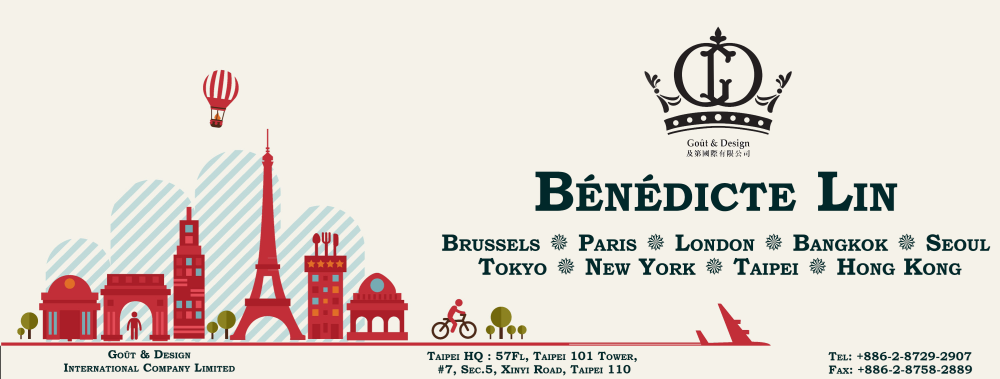The image of a construction site, teeming with activity and heavy machinery, might conjure up visions of a progressive industry. But a deeper look reveals a surprising truth: construction remains largely rooted in traditional methods. While futuristic technologies like 3D-printed houses capture headlines, the real transformation might be happening behind the scenes.
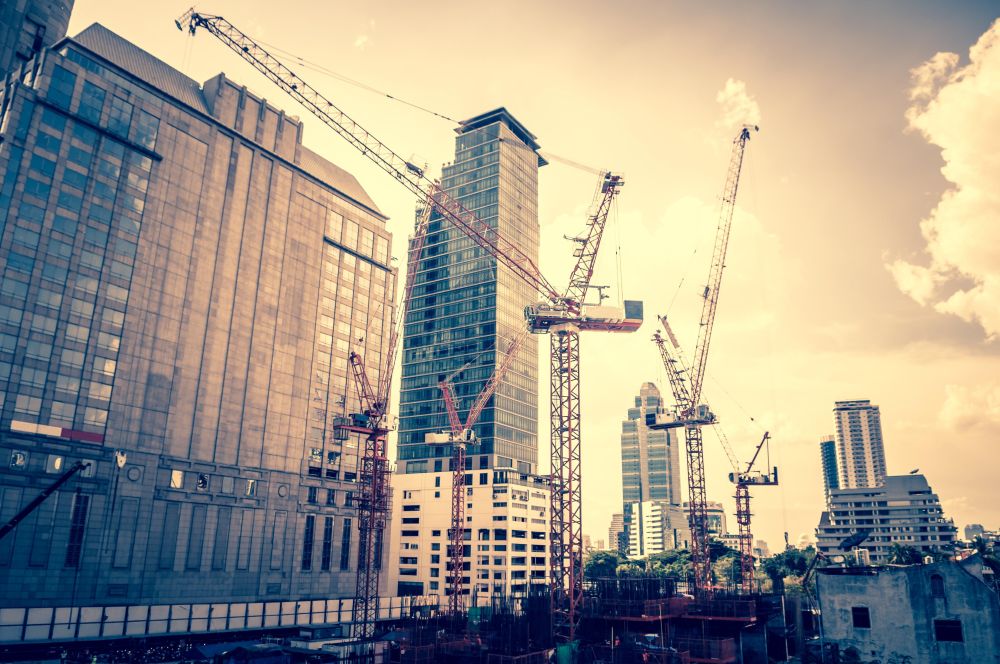
This lack of widespread digital adoption is a missed opportunity. Imagine the potential – a 50-60% boost in productivity and a staggering $1.6 trillion annual increase in global value for the construction industry, as estimated by McKinsey & Company. So, where’s the innovation hiding?
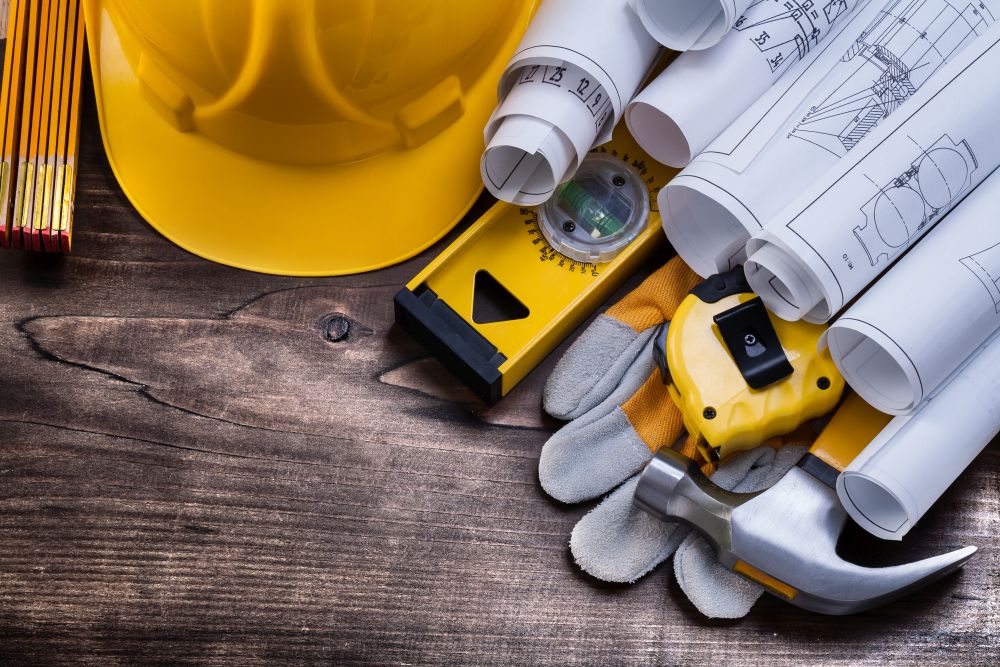
The truth is, exciting advancements are subtly changing how we build. Forget the hype of 3D-printed houses – their high costs and limitations make them impractical for widespread use. Instead, the industry is embracing smarter technologies that streamline processes without completely overhauling established practices. Modular construction, for example, uses prefabricated building sections manufactured in factories. This ensures better quality control and faster on-site assembly compared to traditional methods.
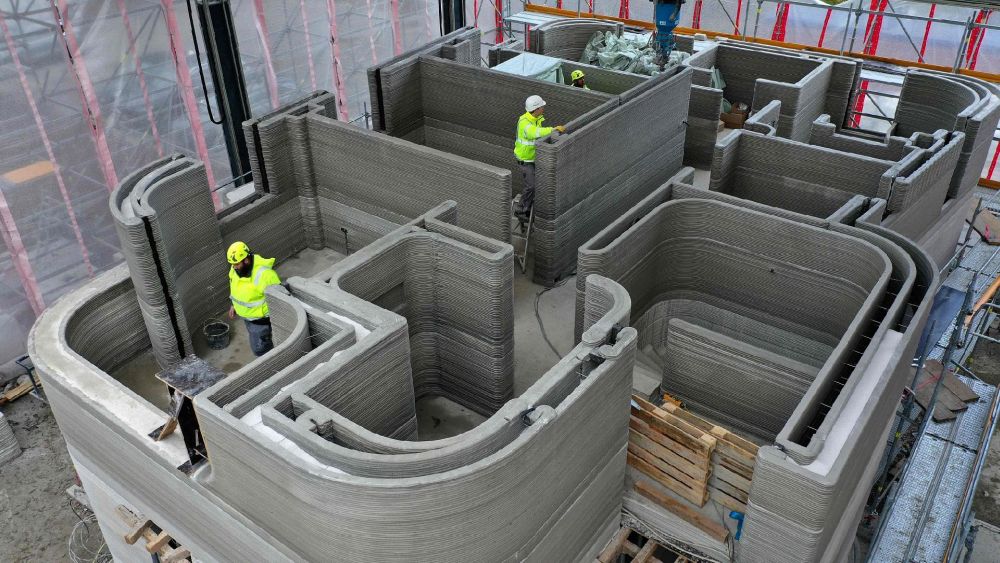
The digital revolution is also transforming pre-construction stages. From land identification using digital platforms to AI-powered forecasting tools, technology is making everything from planning to procurement more efficient. Additionally, 3D modeling allows for the creation of a virtual building, enabling clash detection – identifying and rectifying potential errors before they become costly problems on the actual site.
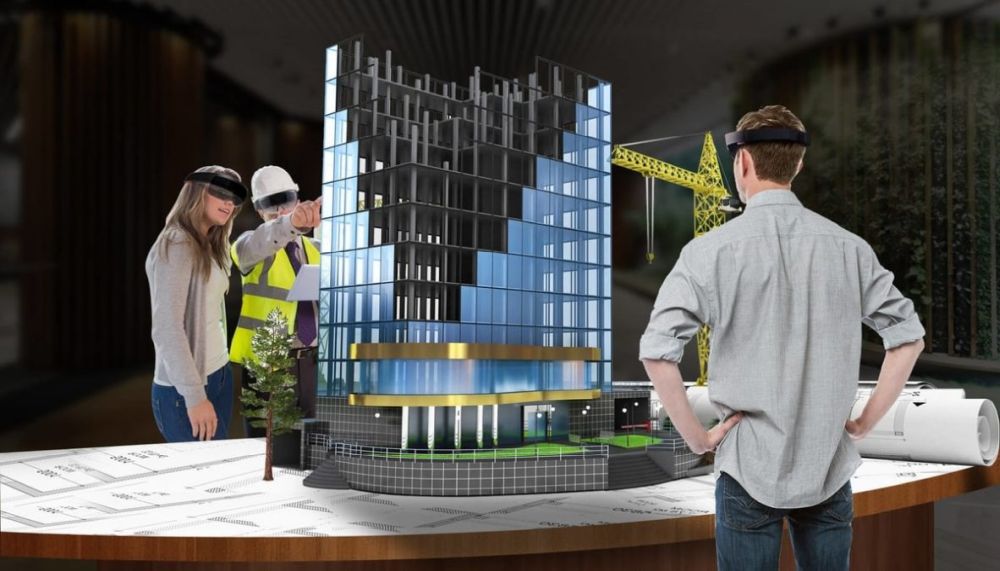
The fragmented nature of the construction industry, with its numerous subcontractors, presents a challenge for implementing widespread technological changes. However, solutions like 3D modeling offer hope for a future where technology bridges communication gaps and streamlines workflows across teams. As the industry embraces these advancements, we can move towards a future where tradition meets cutting-edge technology, paving the way for a more efficient, sustainable, and innovative approach to building.
